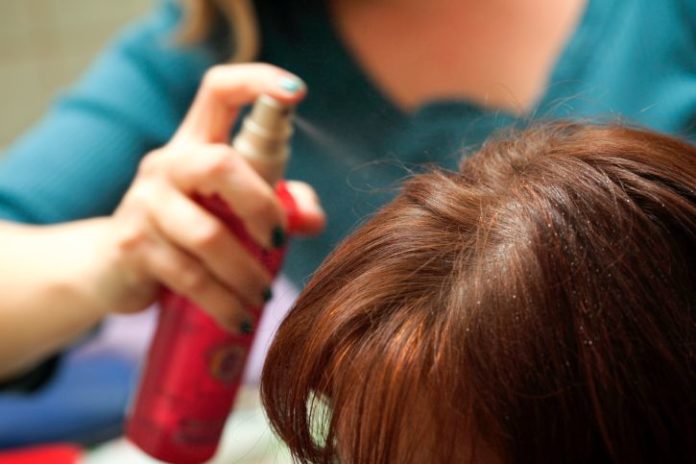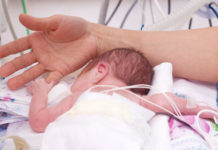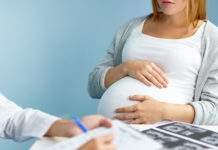Are other hair treatments safe during pregnancy?
Like hair dyes, both hair bleaching and curling procedures make use of many different chemicals and we cannot assume that they have been adequately tested by regulatory bodies to ensure their safety. There is even less information available about their safety in pregnancy. While only a small amount of these products are likely to be absorbed through the skin of a pregnant woman, you can further limit your exposure by using hair dyes cautiously, according to our checklist (See Hair treatments checklist).
The process of chemical straightening (or using chemicals called relaxers) uses a variety of different ingredients. Many use the chemical formaldehyde which should NOT be used in pregnancy. You can obtain a list of product ingredients, to check if they contain formaldehyde.However, as formaldehyde is such a dangerous product when used in pregnancy, if you cannot obtain an ingredient list, or are in any doubt, do not use the product.
 Some hair treatments for removing head lice are safe. However, lindane has been shown to have harmful effects on the nervous system. It is not recommended for use during pregnancy. Other head lice treatments including malathion and permethrin are safe for use during pregnancy. Lindane-containing products are available for the treatment of head lice resistant to other therapies.
Some hair treatments for removing head lice are safe. However, lindane has been shown to have harmful effects on the nervous system. It is not recommended for use during pregnancy. Other head lice treatments including malathion and permethrin are safe for use during pregnancy. Lindane-containing products are available for the treatment of head lice resistant to other therapies.
How hair treatments can affect the foetus during pregnancy
The chemicals contained in hair treatments pose a risk to the health of your growing baby because some are able to cross the placenta and enter your baby’s circulation.
Health risks associated with use of formaldehyde-containing hair treatments in pregnancy
Formaldehyde is a naturally occurring compound which is produced in low levels by the human body. In low concentrations there is no harm associated with formaldehyde. However, exposure to high levels of formaldehyde is associated with a range of health concerns.
In addition to causing irritation to the skin and sensitive organs like the eyes, exposure to high levels of formaldehyde is also associated with an increased risk of serious conditions like cancer and allergies like asthma. While formaldehyde has not been shown to cross the placenta and enter the foetal circulation, it also has not been proven that formaldehyde does not enter the baby’s system.
As formaldehyde is known to cause cancer and allergies, it is best to err on the side of caution and use non-formaldehyde hair treatments while you are pregnant.
Lindane is a pesticide which kills bugs and can be absorbed by humans. It has been shown to be toxic to humans. It may also cause cancer. The by-products of lindane are also thought to increase the risk of cancer and have negative effects on the nervous and reproductive systems and suppress the immune system.
Kindly written and reviewed by Dr Allison Johns BSc (Hons) MBBS, Doctor, King Edward Memorial Hospital and Editorial Advisory Board Member of Parenthub and Virtual Medical Centre.
References
More information on hair treatments and hair dyes during pregnancy
 |
You need to take measures to protect yourself and your baby if using hair dyes or treatments while pregnant or breastfeeding. Make sure you can tick off all the points on our checklist to keep you and your little on as safe as possible. Hair treatments checklist. |
 |
For more information on hair dyes and hair treatments during your pregnancy see Hair treatments and hair dyes in pregnancy. |



 (5 votes, average: 4.20 out of 5)
(5 votes, average: 4.20 out of 5) 






